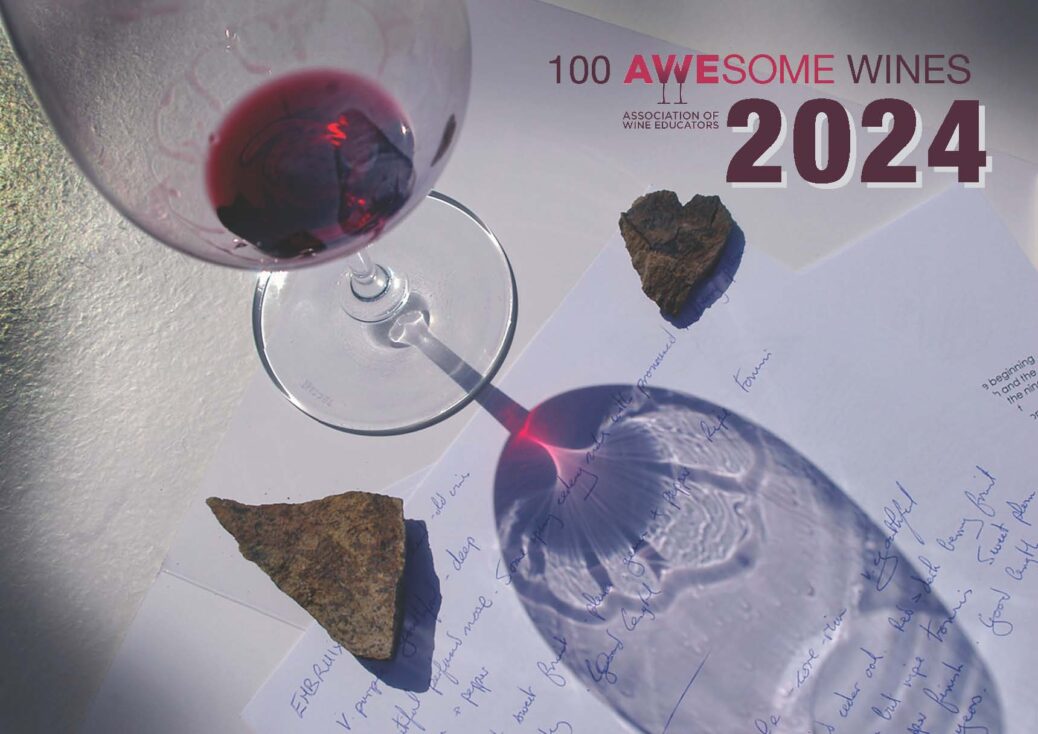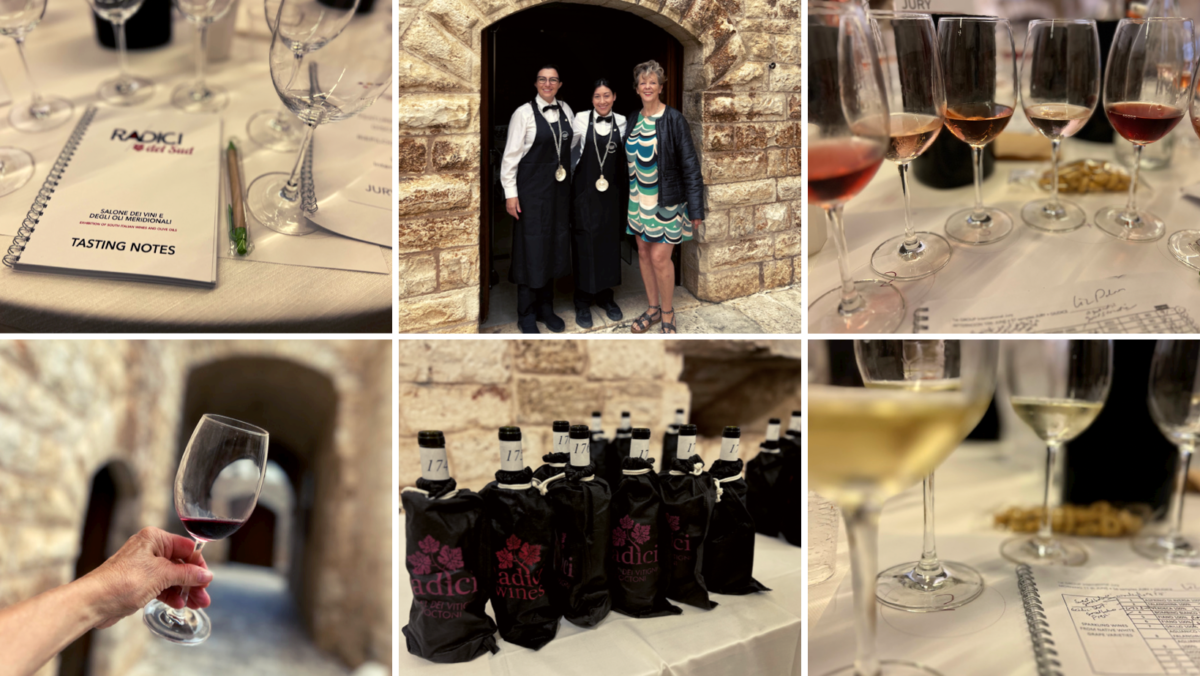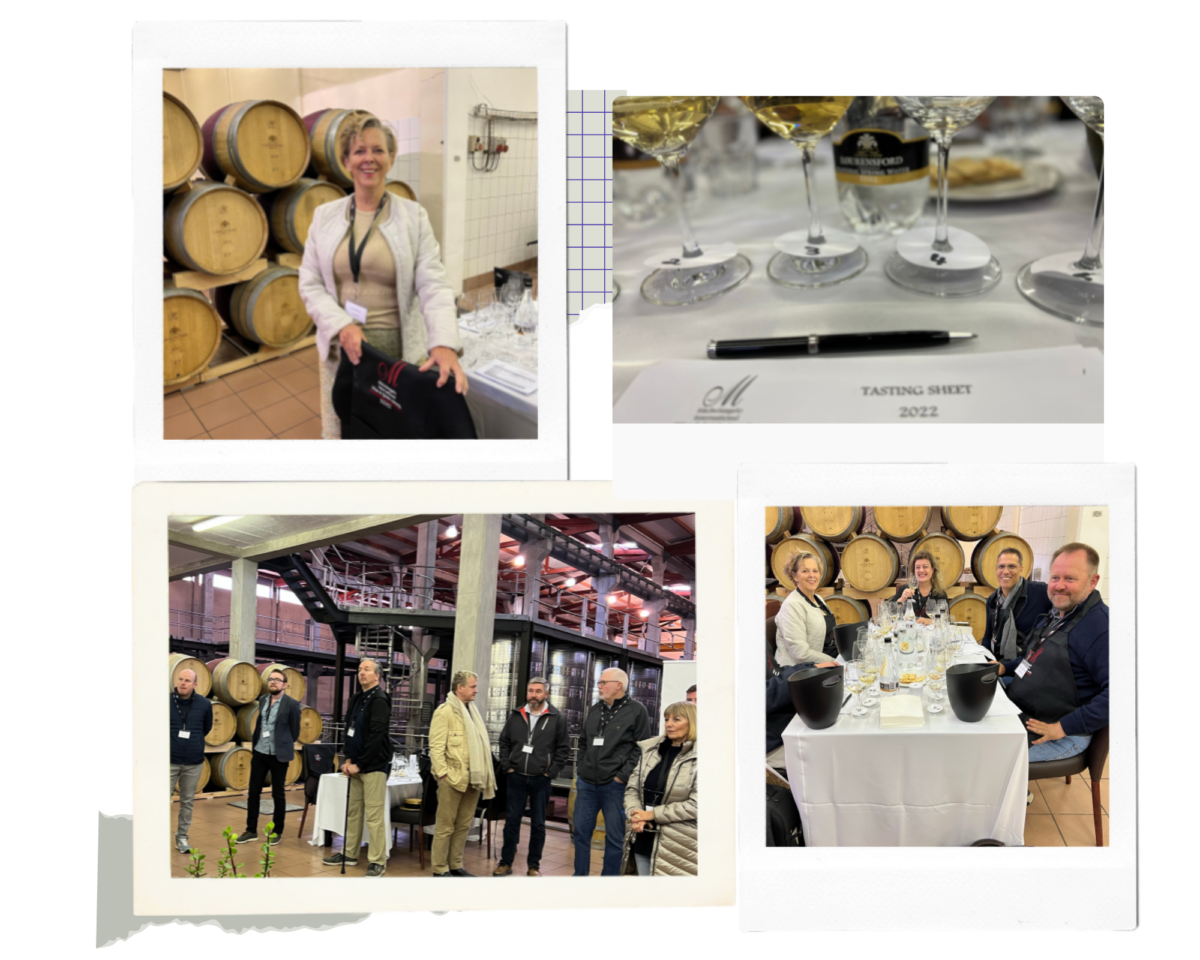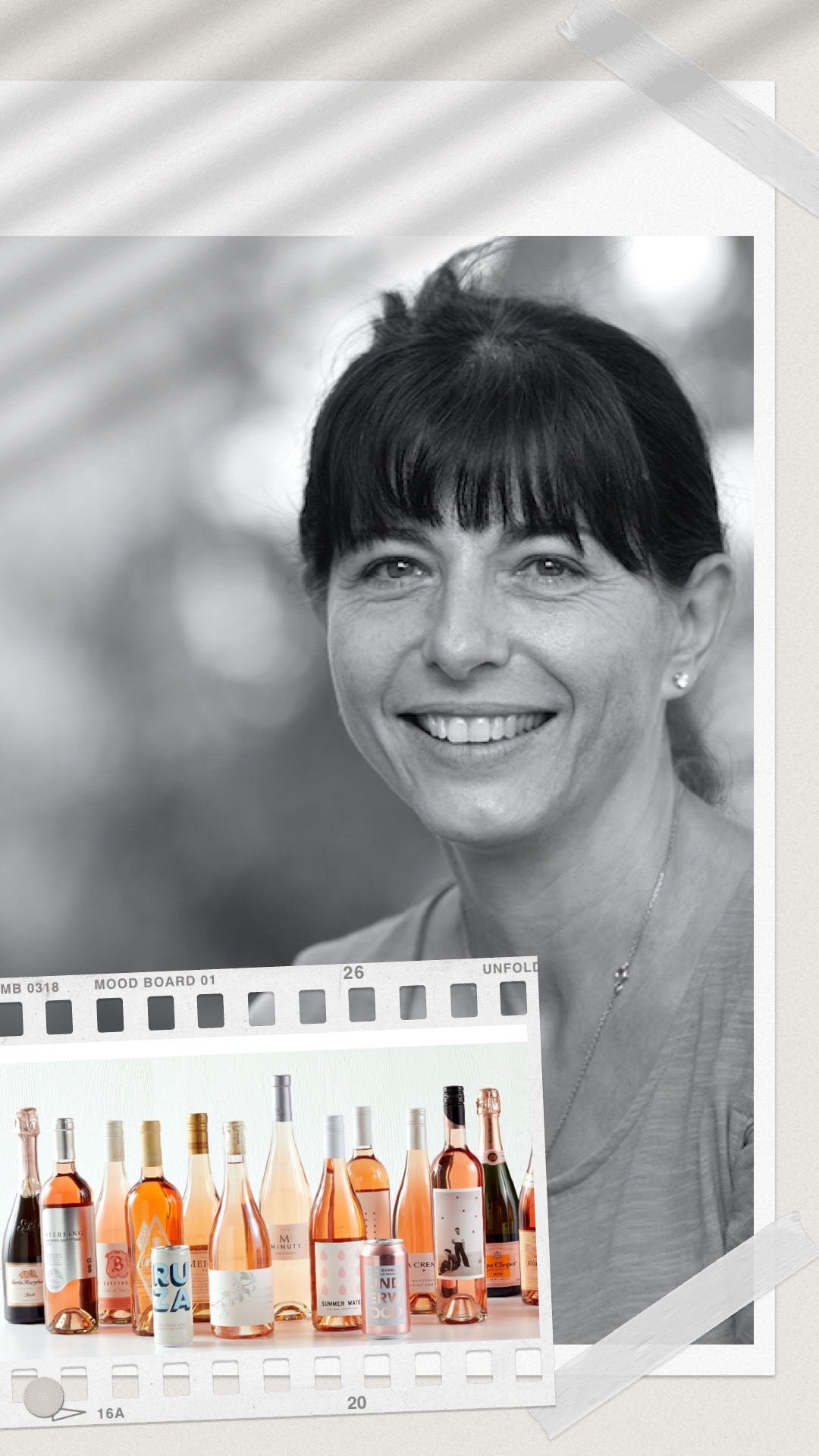The Association of Wine Educators just published their 2024 edition of 100 AWEsome Wines. Here is how the wines made the list:
Each member of the AWE nominated and rated wines to be part of this list. The wine could be a great example of a classic style, a new discovery, or simply a wine that they really enjoyed. Value for money is the bedrock of the wines on the list.
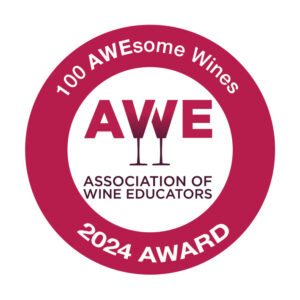
The 100 AWEsome Wines List: https://www.100awesomewines.com

